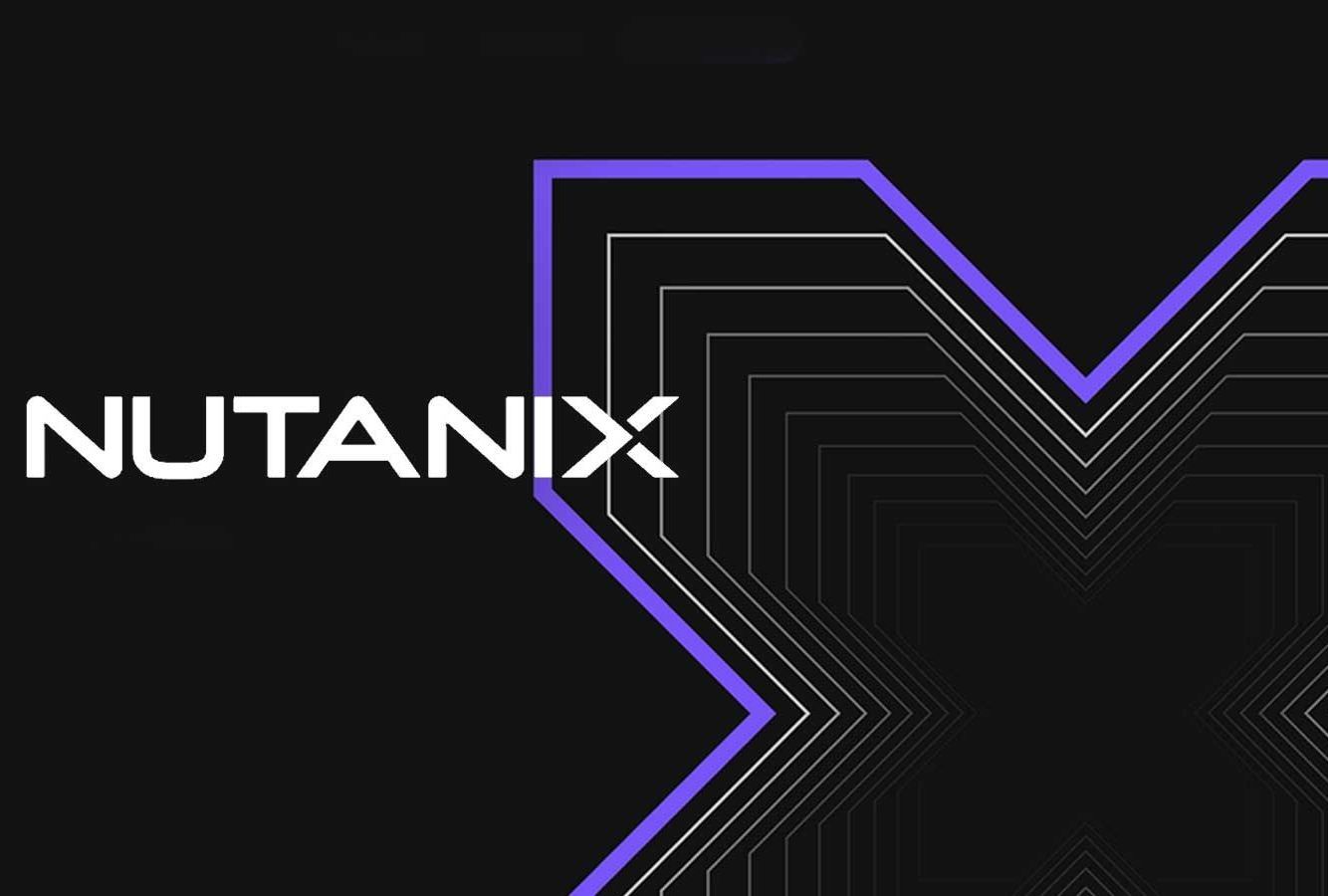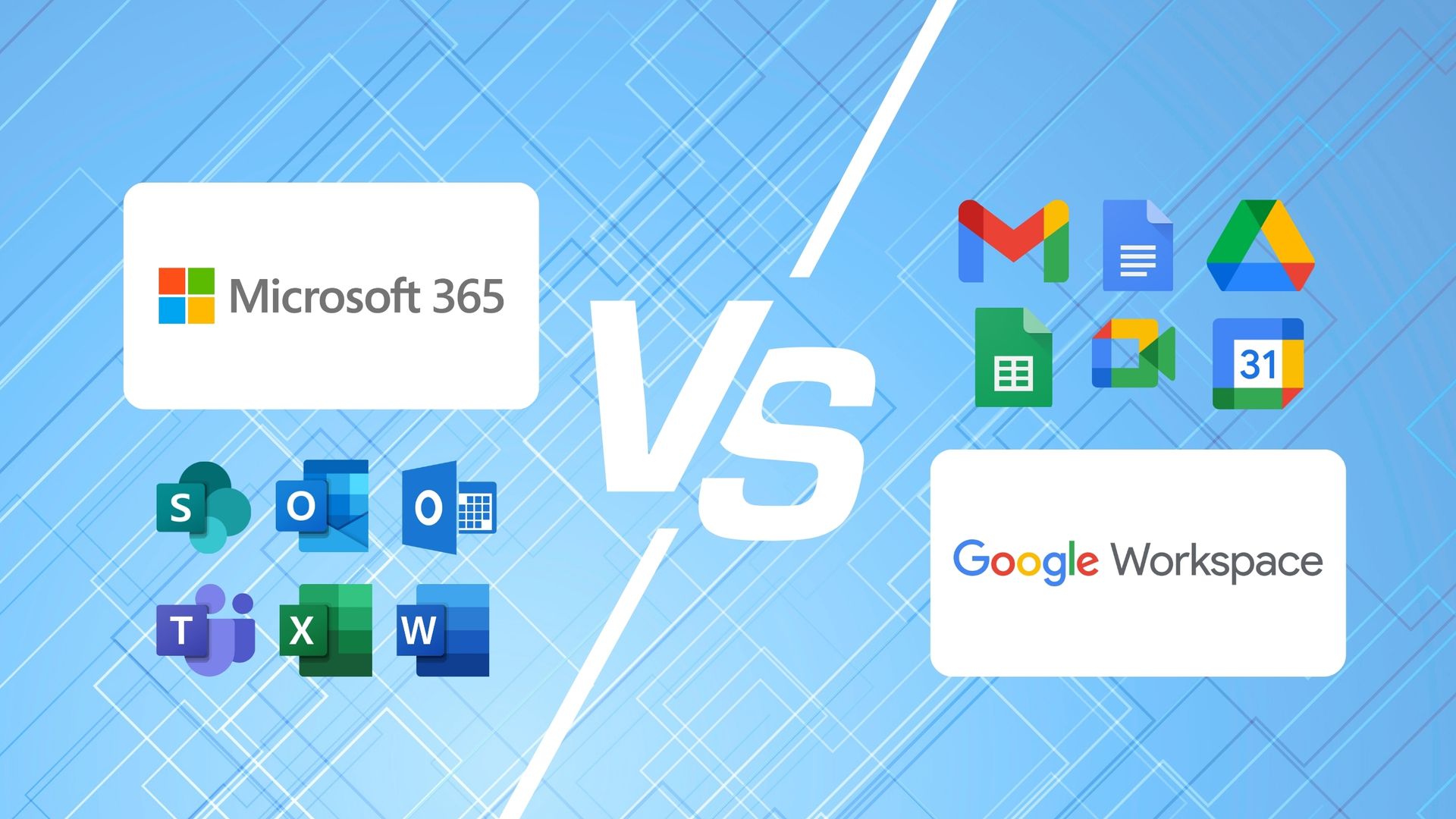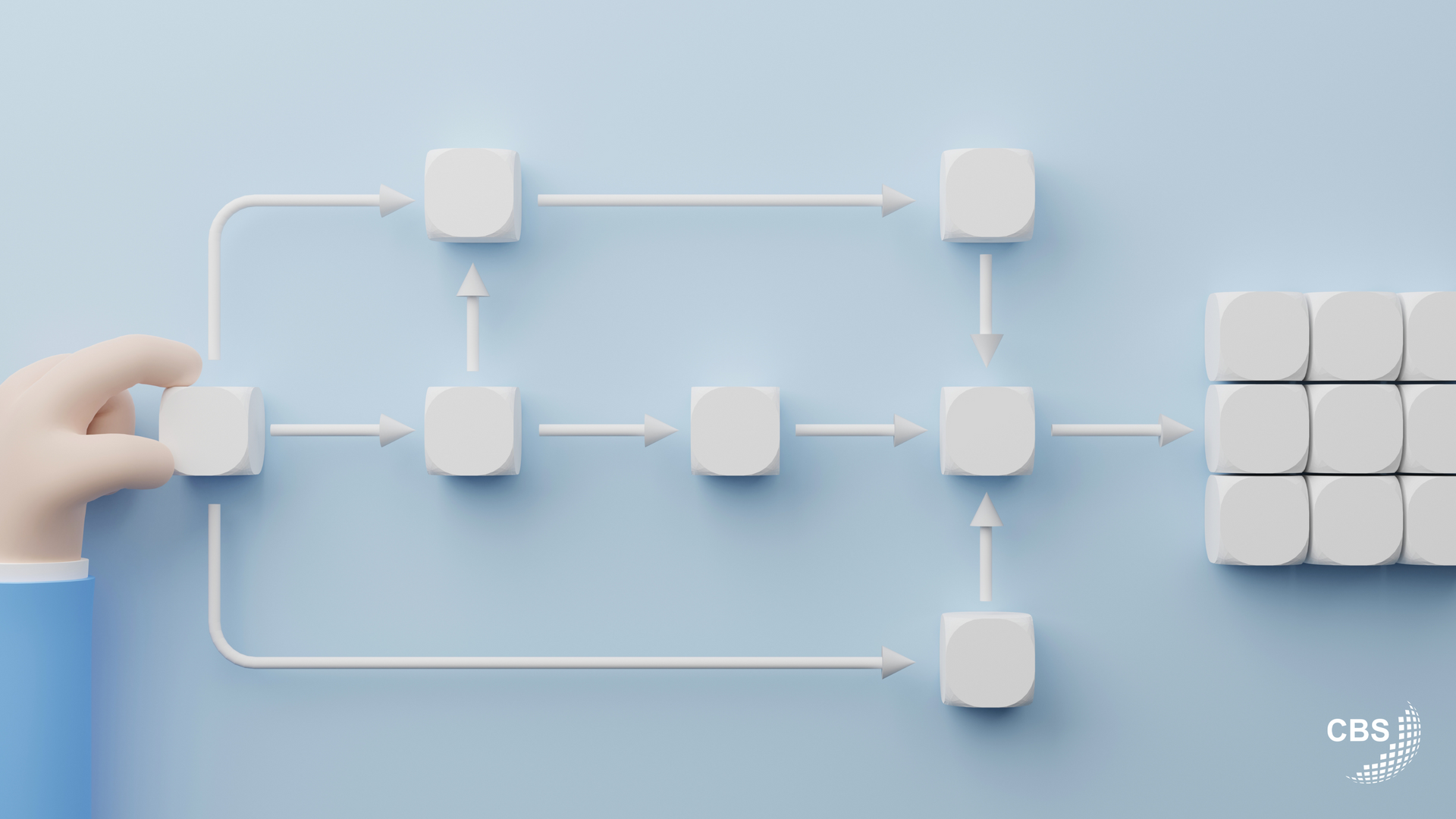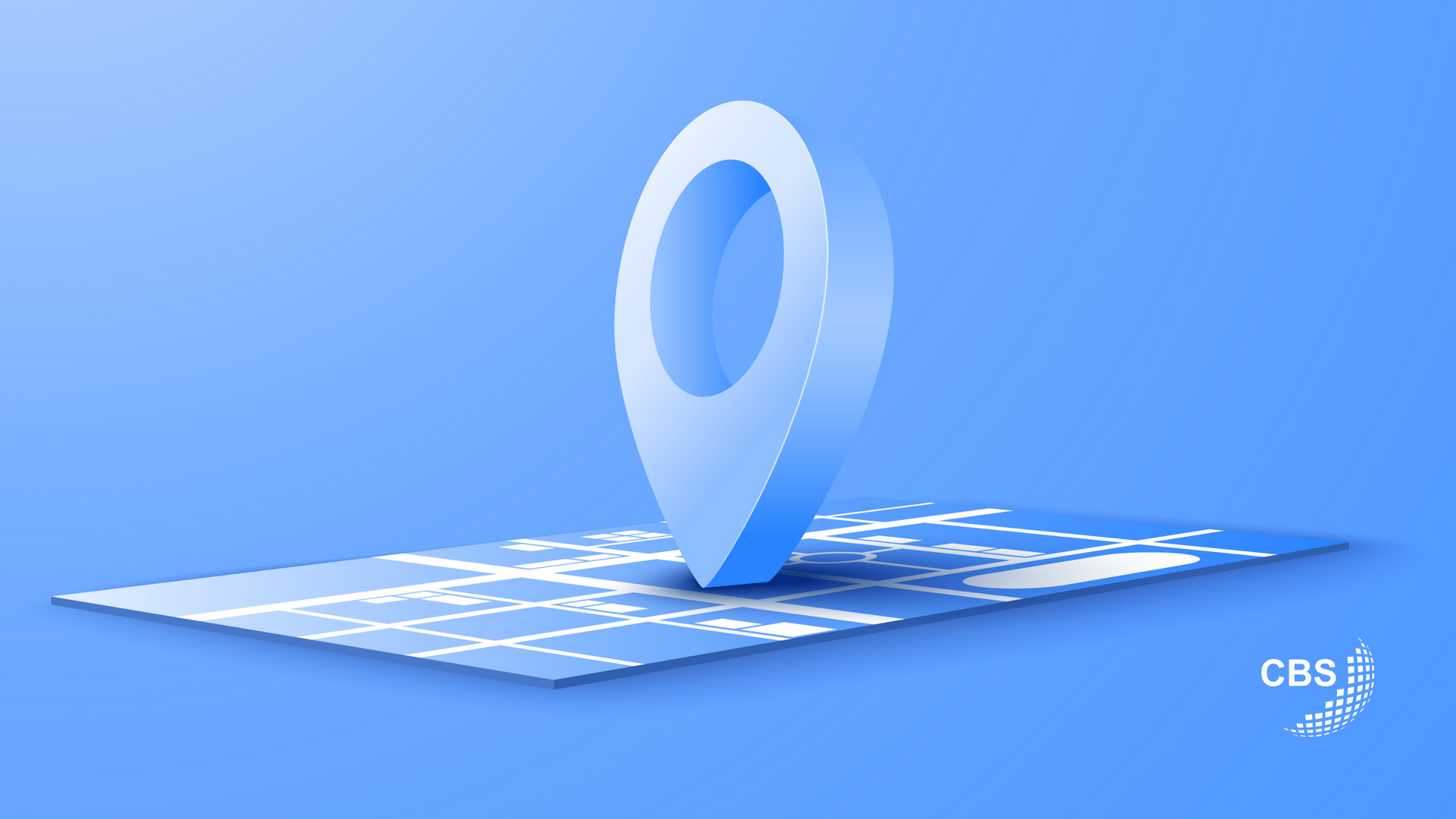Is It Dangerous to Continue Using "Good Enough" Business Technology?
Is It Dangerous to Continue Using "Good Enough" Business Technology?
Maintaining outdated technology that is just "good enough" is becoming increasingly risky as the use of technology to improve customer experiences and streamline processes grows. Although people frequently believe that some obsolete software or systems may still "get the job done," the truth is that antiquated technology can actually work against you in addition to impeding your ability to expand, be efficient, and stay secure. Your "good enough" systems have a significant impact on daily operations and even long-term competitiveness, affecting everything from backend infrastructures to front-end business tools like customer relationship management (CRM) systems.
Legacy systems are more than simply a technical annoyance; they may slow down businesses across departments. The majority of companies still utilize antiquated customer service or enterprise resource planning (ERP) platforms simply because they’ve been working for years, and newness is scary... It feels risky. The issue is that these systems were likely not designed to integrate with modern tools or manage today’s data volumes effectively. More often than not, outdated software platforms don’t sync with new cloud-based solutions or AI-powered analytics, which can create significant inefficiencies.

Why waste time attempting to integrate systems that don’t work together when you could have one operating system with native integrations to some of the most robust integrations tech can offer? In the retail view, outdated POS systems can hinder accurate forecast demand due to limited real-time inventory tracking. Consequently, the company not only risks a lack of productivity but also stockouts, excess inventory, or even missed sales opportunities. Even on the manufacturing side, businesses that rely heavily on old production management software often face inefficiencies that delay production times or increase costs from poor resource allocation.
“Good enough” attitudes when it comes to outdated systems don’t just slow individual processes; they have a domino effect of inefficiency. From sales forecasting and budgeting to customer service, in this environment, business growth in general becomes stunted, and market-change adaptation becomes a more substantial challenge.

The most immediate and dangerous consequence of “good enough” or outdated tech is in security. Older systems or software, especially those unsupported by the original vendor, are prime cybercriminal targets. Without regular patches and updates, these systems are vulnerable to emerging threats, leaving businesses exposed to data breaches and financial loss. Even the most inward-facing tools, like accounting software, can become entry points for cyberattacks.
What if a company still relies on a document management system that isn’t compatible with the latest security protocols? Not only is this a breach of data protection regulations, which puts you and your company at risk of lawsuits, but it also compromises the whole business’s ability to protect sensitive client and financial data. To combat this, it’s essential to adopt a proactive security posture, where technology is continuously updated and fortified against new threats under one unified system.
In today’s digital landscape, technology is the centerpiece in driving innovation. But businesses that continue to use outdated technology tend to miss out on the tools and tricks that could transform their operations both in the short and long term. New document management systems, CRMs, cybersecurity platforms, and overall unified systems are game-changers for companies looking to be competitive in a shifting digital age.
For instance, CRM systems like Salesforce and HubSpot provide businesses with advanced customer insights and marketing automation features. However, older CRM systems may not have the same capabilities, making it harder to analyze customer data or personalize marketing campaigns effectively. The gap in innovation can lead to a loss of customers, as modern competitors who use these tools can deliver a far more tailored, efficient service.

Outdated technology doesn’t just affect business operations—it can demoralize employees and significantly reduce productivity. When employees are forced to work with slow or inefficient tools, both their engagement and overall productivity levels drop, and they may begin looking for better opportunities elsewhere. Why would an employee stay at a company where they will bang their head against a wall while trying to complete the simplest of tasks in the most clunky, unintuitive way across five different platforms?
In the office, for instance, outdated project management software makes team collaboration ten times more difficult, leading to miscommunication, delays, and frustration, which can turn into resentment if left unattended. In industries where remote work is the norm, outdated communication tools like email or poorly utilized/organized video conferencing platforms can create bottlenecks that disrupt workflows. What tends to happen with outdated technology is that a business will add another platform to fix an existing issue. After years of just trying to get by and fix the one-off issues, a company can look at its technology landscape and see sometimes hundreds of different solutions. At that point, not only is it important to find the best possible individual solutions, but it’s also pivotal to correctly integrate those with one another in a cohesive and comprehensive manner.

Additionally, “good enough” systems don’t support employee growth. Modern cloud-based storage, collaborative workspaces, and real-time communication platforms foster a community. Employees in said spaces grow in creativity, collaboration, and efficiency.
Outdated technology is a financial drain. The longer a business waits to step away from a legacy system, the higher maintenance costs rise. Internal IT teams spend more time and resources on fixes and workarounds, adding a new stack of band-aids to pain points rather than focusing on new initiatives that could drive growth in multiple areas. What most internal IT teams wish they knew before: the hidden costs of keeping a "good enough" system alive often surpass the cost of implementing new technology.
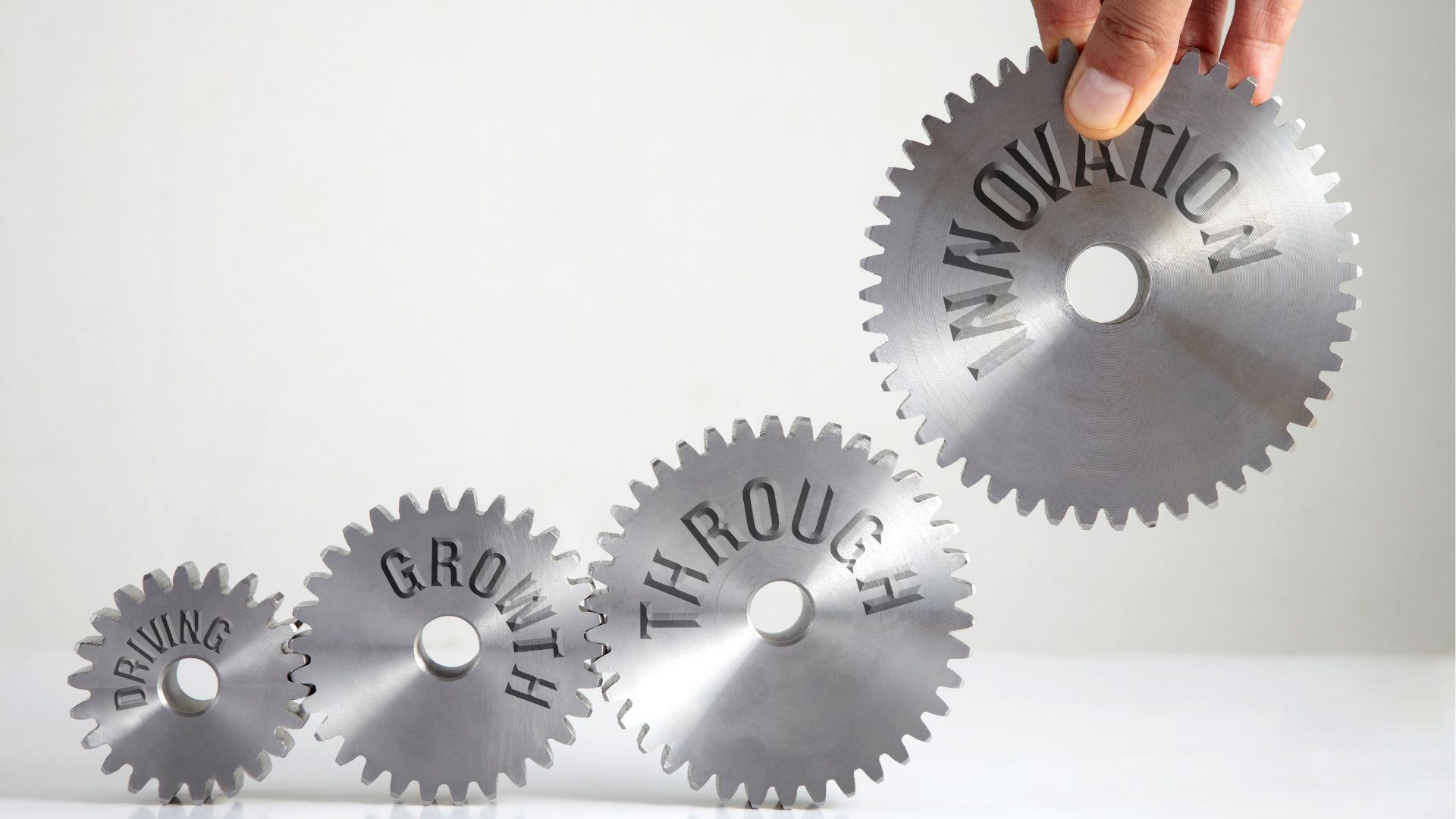
Staying competitive requires more than just surviving with your systems being “good enough.” From security threats and operational inefficiencies to missed innovation opportunities and employee dissatisfaction, the consequences of failing to modernize are too great to ignore for any business that wants to grow. Although it may seem like a significant upfront investment, the long-term benefits of upgrading business technology far outweigh the risks of staying with a legacy system. Ultimately, the businesses that adopt cutting-edge, fully integrated technology solutions will not only survive but thrive in the evolving digital world.
